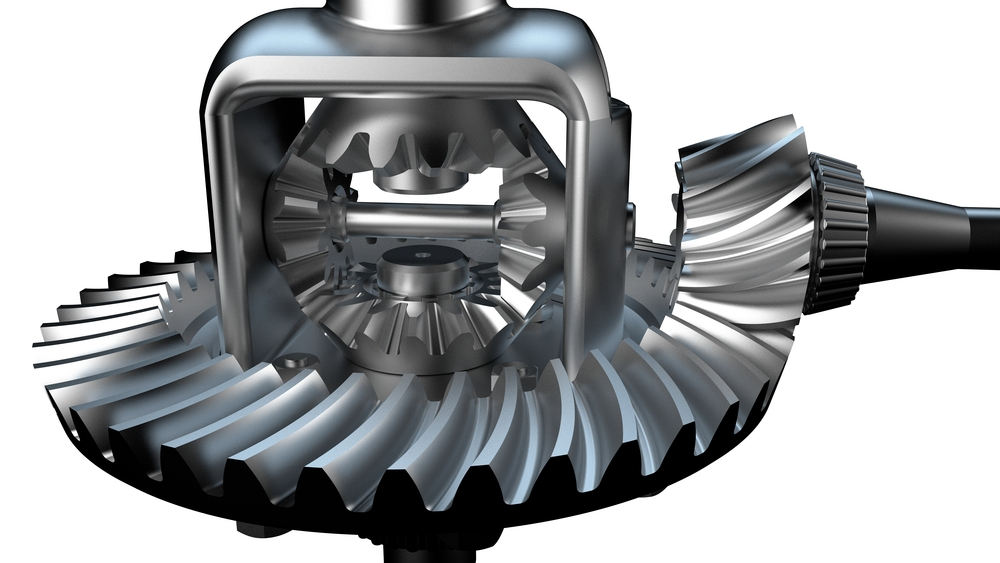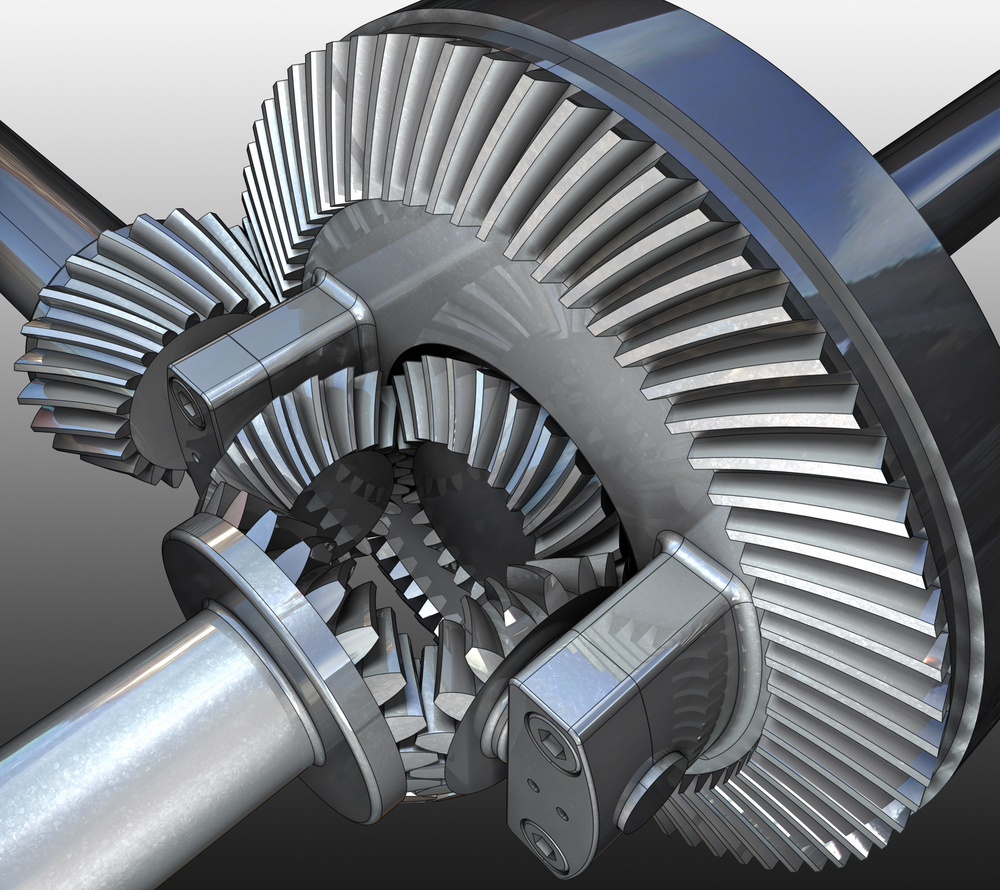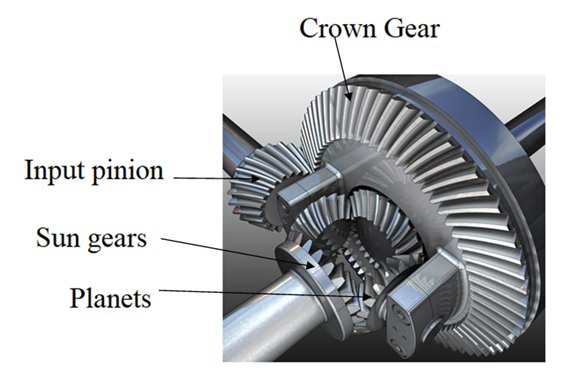Product Description
Products Description
|
Product Name |
Diff Rear End Assy |
|||
|
Brand |
CHINAMFG |
|||
|
Material |
Aluminum |
|||
|
Quality |
100% Test |
|||
|
Part Number |
41300-HP0-B80 41300-HP0-A00 |
|||
|
OEM number |
41300HP0B80 41300HP0A00 |
|||
|
OE number |
41300 HP0 B80 |
|||
|
Size |
OEM Standard |
|||
Details Images
Our Advantages-Why Choose Us
Transport
FAQ
Q: Are you trading company or manufacturer ?
A: We are the set design, development, production, sale and service of industry and trade-oriented enterprises.
Q: What is the MOQ?
A: MOQ depends on our clients demands, we welcome trial order before mass production.
Q: How does your factory make sure the product quality?
A: Durning production, we have FQC, IQC ,IPQC and OQC to control the quality. We will final check before shipping to avoid any problem.
Q: What is your terms of payment ?
A: T/T, paypal, ali-pay,west union, cash, etc, paid before shippment.
Q:What is the warranty?
A:One year for CHINAMFG parts and 3 years for OEM parts.
Q:Can you send products to my country?
A:Sure,we can. We can ship the goods by express or by sea.
Q:Can you do OEM for me?
A: We accept OEM and ODM.
Q: How can I place the order?
A: Confirm PI or Invoice, make payment, then we will arrange shipment soon.
Q: When can I get the quotation ?
A: We usually quote you within 24 hours after we get your inquiry. If you are very urgent to get the quotation.Please call us or tell us in your mail, so that we could regard your inquiry priority.
/* January 22, 2571 19:08:37 */!function(){function s(e,r){var a,o={};try{e&&e.split(“,”).forEach(function(e,t){e&&(a=e.match(/(.*?):(.*)$/))&&1
| After-sales Service: | 1 Year |
|---|---|
| Warranty: | 1year |
| Size: | OE Standard, OEM Standard |
| Car Fitment: | Honda |
| Product Name: | Diff Rear End Assy |
| OE Number: | 41300-HP0-B80 41300-HP0-A00, Wg1249357 |
| Customization: |
Available
| Customized Request |
|---|

Can differential gears be used in electric and hybrid vehicles?
Yes, differential gears can be used in both electric and hybrid vehicles. While electric and hybrid vehicles have different powertrain configurations compared to traditional internal combustion engine vehicles, they still require differential gears to distribute power between the wheels and accommodate speed differences. Here’s a detailed explanation:
1. Electric Vehicles (EVs):
In electric vehicles, the power is provided by one or more electric motors. These motors generate torque directly, eliminating the need for a traditional transmission system with a driveshaft. However, EVs still require differential gears to distribute power between the wheels.
2. Single-Speed Transmissions:
Many electric vehicles use single-speed transmissions, also known as direct-drive systems, which do not require multiple gears for speed variation. In these cases, the differential gear is integrated into the electric motor assembly, allowing it to distribute torque between the wheels.
3. Speed and Torque Distribution:
The differential gear in electric vehicles functions similarly to those in conventional vehicles. It accommodates speed differences between the wheels during turns and adjusts torque distribution to ensure optimal traction and control. This helps prevent wheel slip and allows for smooth cornering.
4. Hybrid Vehicles:
Hybrid vehicles combine an internal combustion engine with one or more electric motors. The powertrain configuration varies depending on the type of hybrid system, such as series hybrids, parallel hybrids, or plug-in hybrids. Despite the presence of an internal combustion engine, differential gears are still utilized in hybrid vehicles.
5. Transmissions in Hybrid Vehicles:
Hybrid vehicles often incorporate transmissions to optimize power delivery and efficiency. These transmissions may include differential gears or specific components that perform similar functions to distribute power between the wheels.
6. Regenerative Braking:
Both electric and hybrid vehicles commonly use regenerative braking systems to capture and store energy during deceleration. Differential gears play a role in transmitting torque from the wheels to the electric motor during regenerative braking, allowing the motor to act as a generator and recharge the batteries.
7. Differential Types:
Electric and hybrid vehicles can utilize various differential types, including open differentials, limited-slip differentials, or electronically controlled differentials. The choice of differential depends on factors such as vehicle performance, traction requirements, and driving conditions.
8. Advancements and Innovations:
With the evolving technology in electric and hybrid vehicles, there are also advancements and innovations in differential systems. Manufacturers are exploring new designs, such as integrated motor and differential units, to optimize power distribution and efficiency in these vehicles.
In summary, differential gears are indeed used in electric and hybrid vehicles to distribute power between the wheels, accommodate speed differences, and ensure optimal traction and control. The specific configuration and integration of differential gears may vary depending on the vehicle’s powertrain design and transmission system.

How do differential gears contribute to traction in slippery conditions?
In slippery conditions, such as driving on ice, snow, or wet surfaces, differential gears play a crucial role in improving traction and maintaining vehicle control. Here’s a detailed explanation of how differential gears contribute to traction in slippery conditions:
- Torque Distribution: Differential gears allow torque to be distributed between the wheels on the same axle. In slippery conditions, where traction is reduced, differential gears enable power to be sent to the wheels with better grip. This distribution of torque helps maximize traction and prevent wheel spin.
- Wheel Speed Variation: In slippery conditions, the wheels on the same axle may encounter different levels of traction. For example, one wheel might be on a patch of ice while the other is on a surface with better grip. Differential gears accommodate this variation by allowing the wheels to rotate at different speeds. This wheel speed variation helps ensure that power is directed to the wheels with more traction, improving overall grip and stability.
- Slip Limitation: When one wheel loses traction and starts to slip, the other wheel with better grip can potentially receive less power due to the default behavior of an open differential. However, some differential systems employ advanced features like limited-slip differentials (LSD) or electronic traction control systems. These systems detect wheel slip and apply mechanisms to limit slip and redirect power to the wheel with better traction, effectively improving traction in slippery conditions.
- Positive Traction Devices: In some cases, differential gears can be equipped with positive traction devices such as locking differentials or electronic locking differentials. These devices lock the differential gears, forcing both wheels on the same axle to rotate at the same speed. This feature is particularly beneficial in extremely slippery conditions where maximum traction is essential. By locking the differential, these devices ensure that power is evenly distributed to both wheels, maximizing grip and traction.
- Off-Road Capability: Differential gears with advanced features like limited-slip differentials or locking differentials are commonly employed in off-road vehicles. These vehicles often encounter challenging terrain with low-traction conditions. The differential systems in these vehicles enhance off-road capability by transferring power to the wheels with the most traction, preventing wheel spin, and allowing the vehicle to navigate through difficult terrain more effectively.
In summary, differential gears contribute to traction in slippery conditions by distributing torque between wheels, accommodating wheel speed variation, limiting slip through advanced features, and offering positive traction devices. These mechanisms allow power to be directed to the wheels with better grip, improving traction, stability, and overall vehicle control in slippery conditions.

What are the applications of differential gears in off-road vehicles?
Off-road vehicles rely on differential gears for various applications that enhance their performance and capability in challenging terrains. Here’s a detailed explanation:
1. Traction Improvement:
One of the primary applications of differential gears in off-road vehicles is to improve traction. Off-road terrain often consists of uneven surfaces, loose soil, rocks, mud, or deep snow, which can cause the wheels to lose traction. Differential gears, such as limited-slip differentials or locking differentials, help distribute torque to the wheels with better traction, reducing wheel slip and maximizing grip. This allows off-road vehicles to maintain forward momentum and conquer obstacles that would otherwise be difficult to navigate.
2. All-Wheel Drive (AWD) Systems:
Off-road vehicles commonly utilize differential gears in their all-wheel drive (AWD) systems. AWD systems distribute power to all four wheels, providing better traction and stability on off-road terrain. Differential gears enable power transfer between the front and rear axles, as well as between the left and right wheels on each axle, allowing for optimal torque distribution based on traction conditions. This helps improve overall off-road performance and control.
3. Articulation and Wheel Independence:
Off-road vehicles often encounter uneven terrain with varying degrees of wheel articulation. Differential gears play a crucial role in maintaining wheel independence, allowing each wheel to move up or down independently to better conform to the terrain. This ensures that the wheels maintain contact with the ground and enhances traction, especially when navigating over rocks, logs, or steep inclines.
4. Hill Climbing and Descending:
When climbing steep inclines or descending steep slopes, differential gears are essential for off-road vehicles. In these situations, differential gears help distribute torque between the wheels on each axle, allowing the wheels with better traction to propel the vehicle forward or provide controlled braking. This improves stability, prevents wheel slip, and enhances the vehicle’s ability to tackle challenging uphill or downhill sections.
5. Off-Road Racing:
In off-road racing, differential gears are utilized to optimize performance and handling. High-performance off-road vehicles often employ advanced differential systems, such as limited-slip differentials or torque vectoring differentials. These systems actively distribute torque to the wheels with better traction, improving acceleration, cornering ability, and overall vehicle dynamics in competitive off-road racing environments.
6. Rock Crawling and Trail Driving:
Off-road vehicles designed for rock crawling or trail driving heavily rely on differential gears. These vehicles require precise control and maximum traction in low-speed, technical situations. Differential gears, particularly locking differentials, are employed to ensure that both wheels on an axle rotate together, maximizing traction and allowing the vehicle to maneuver over challenging obstacles, such as large rocks, boulders, or deep ruts.
In summary, differential gears in off-road vehicles have several applications, including traction improvement, all-wheel drive systems, articulation and wheel independence, hill climbing and descending, off-road racing, rock crawling, and trail driving. These applications enhance the performance, control, and capability of off-road vehicles in demanding and rugged terrains.


editor by Dream 2024-05-06